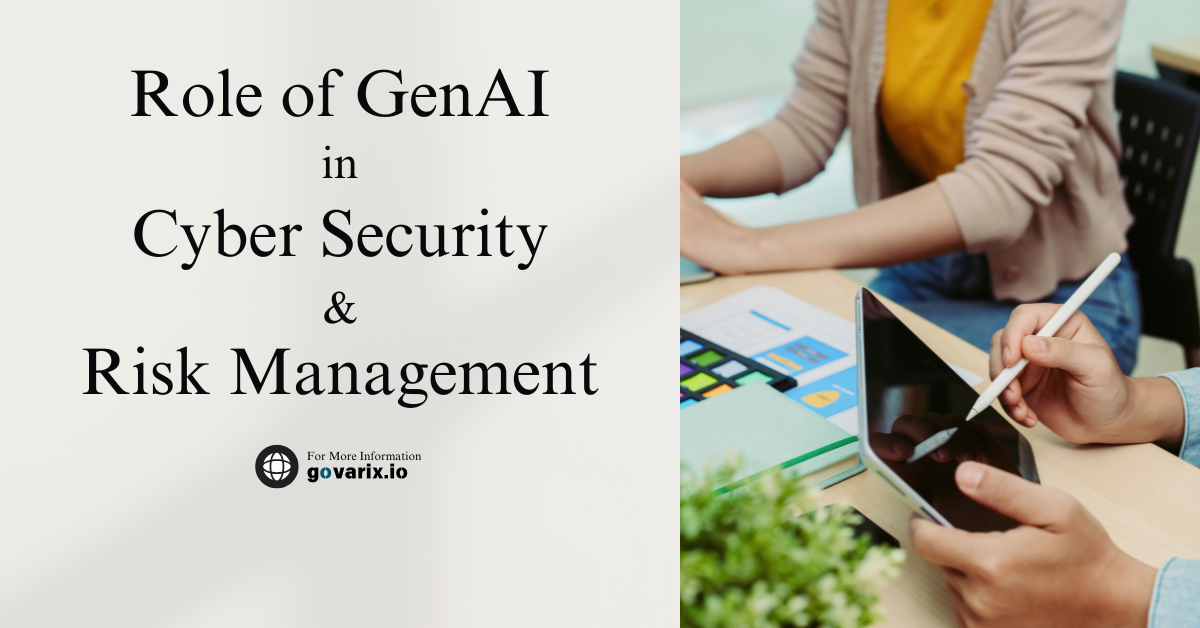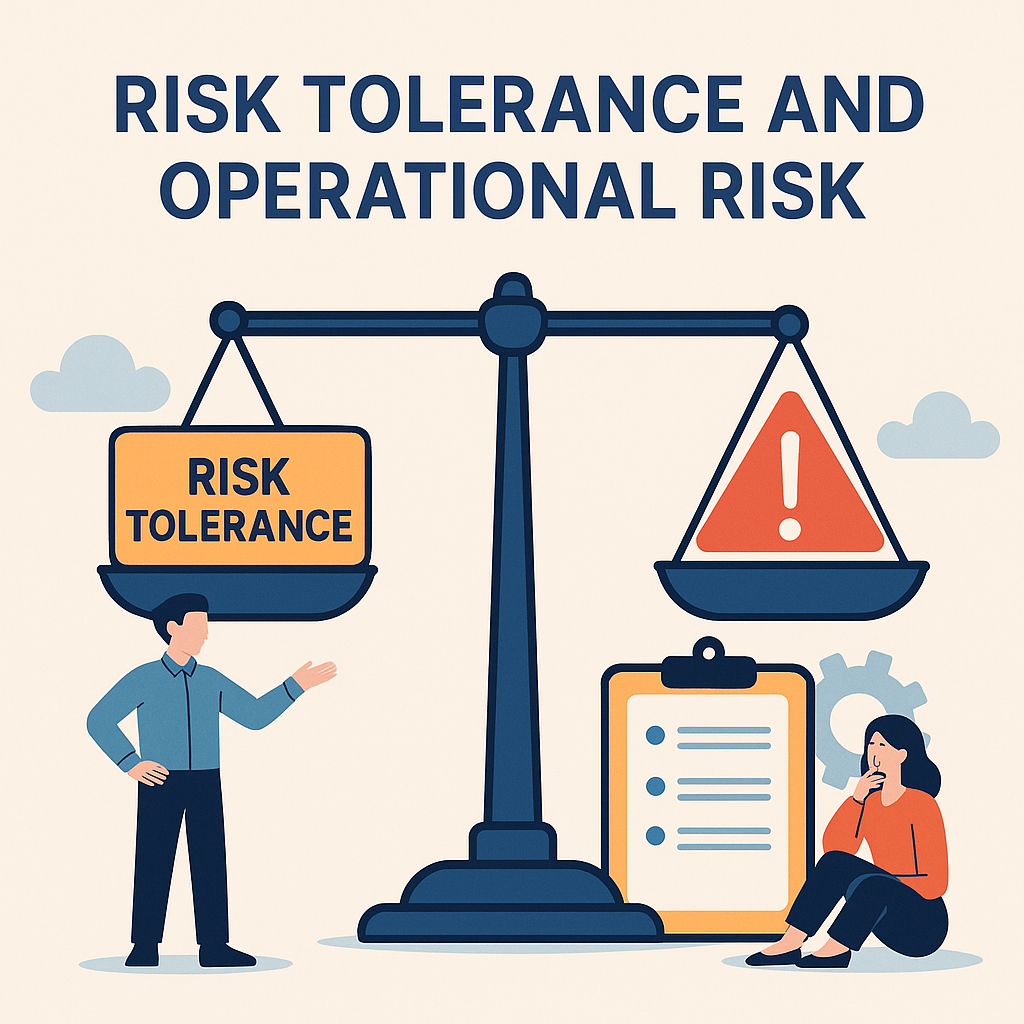Introduction
As cyber threats continue to evolve in complexity and sophistication, organizations are turning to Generative AI in cybersecurity to fortify their defenses. Security professionals predict, detect, and respond to threats. This technology leverages machine learning models, particularly those based on generative adversarial networks (GANs), to simulate cyberattacks and defensive strategies.
Traditional security measures often struggle to keep up with emerging risks, making AI-powered risk management essential for businesses today. By leveraging generative AI, companies can proactively detect, prevent, and respond to cyber threats more effectively than ever before. Generative AI in security operations centers (SOCs) and security event and incident management (SEIM) has become essential in cybersecurity prevention and threat mitigation. In SOCs, AI models can identify patterns indicative of cyber threats, such as malware, ransomware, or unusual network traffic, that might elude traditional detection systems.
This blog explores how generative AI is transforming cybersecurity and risk management, providing real-life examples of its impact on different industries.
The Rising Threat of Cybersecurity Breaches
Cybercrime is projected to cost the world over $9.5 trillion annually in 2024. The increasing digital footprint of businesses has made them more vulnerable to attacks such as ransomware, phishing, and insider threats. Organizations must deploy advanced security frameworks that go beyond traditional reactive approaches and embrace AI-driven cybersecurity solutions.
How Generative AI Enhances Cybersecurity
Generative AI, which can create and analyze vast datasets, is revolutionizing cybersecurity by offering the following benefits:
- Threat Detection and Prediction: AI models can analyze historical cyber-attack data and predict potential future threats. Example: Microsoft’s AI-powered Security Copilot detects anomalies in real-time and alerts security teams before an attack occurs.
- Automated Threat Response: Generative AI enables automated responses to cyber threats, reducing the time required for mitigation. Example: IBM’s Watson for Cybersecurity can autonomously investigate potential breaches and provide recommendations to security teams.
- Anomaly Detection in Networks: AI algorithms detect unusual behavior patterns in real time, minimizing insider threats. Example: Darktrace, a cybersecurity company, uses AI to monitor network activity and autonomously neutralize cyber threats.
- Phishing Attack Prevention: Generative AI can analyze email patterns and flag phishing attempts with greater accuracy than traditional spam filters. Example: Google’s AI-driven email security has reduced phishing email infiltration by 99.9%.
There are other multiple tools as well which offer advanced benefits for prevention and detection (also correction).
AI-Powered Risk Management: A New Era of Compliance
Cyber risk mitigation has become a top priority for businesses aiming to protect sensitive data and ensure regulatory compliance. AI compliance solutions assist in:
- Continuous Compliance Monitoring: Generative AI can track compliance requirements in real time, reducing regulatory violations. Example: Financial institutions use AI to detect fraudulent transactions and ensure adherence to anti-money laundering (AML) regulations.
- Risk Quantification and Assessment: AI models evaluate cyber risks by analyzing data patterns and assigning risk scores to potential threats.
- Third-Party Risk Management: AI assesses vendor cybersecurity postures before engaging with them, minimizing supply chain risks.
Real-Life Applications of Generative AI in Cybersecurity
Industry wise below are the real-life application of generative artificial intelligence in cybersecurity.
1. Banking & Finance
Financial institutions handle vast amounts of sensitive data, making them prime targets for cybercriminals. JPMorgan Chase uses AI-driven fraud detection systems to monitor transactions and prevent unauthorized access, saving billions in potential losses.
2. Healthcare
Hospitals and medical facilities are increasingly targeted by ransomware attacks. Mayo Clinic utilizes AI to detect unusual activity in patient records, ensuring data integrity and HIPAA compliance.
3. E-commerce & Retail
Online businesses face security challenges such as account takeovers and card-not-present fraud. Amazon uses AI-powered fraud detection systems to identify suspicious transactions and protect customer data.
Challenges and Ethical Considerations
While generative AI enhances cybersecurity, it also raises ethical concerns:
- AI-generated threats: Cybercriminals are now using AI to craft sophisticated attacks, such as deepfake phishing scams.
- Data Privacy Risks: AI systems must comply with global data protection laws like GDPR and CCPA.
- Bias in AI Models: AI models trained on biased data may lead to unfair security decisions.
Conclusion
Generative AI is a game-changer in cybersecurity and risk management, offering enhanced threat detection, rapid response mechanisms, and robust compliance solutions. However, organizations must adopt AI responsibly by implementing ethical AI frameworks, ensuring transparency, and continuously refining AI models to stay ahead of evolving cyber threats. As businesses navigate the digital landscape, leveraging AI-powered risk management will be critical to maintaining security and resilience in the face of ever-growing cyber risks.
References
- MetricStream, “Top GRC Trends 2024.”
- Arvato Systems, “Artificial Intelligence as a Game Changer: AI in Cancer Research.”
- OCEG, “Generative AI and GRC.”
- GRC2020, “Cognitive GRC: Revolutionizing GRC with Artificial Intelligence.”
- LinkedIn Pulse, “Embracing AI Revolution in GRC.”








